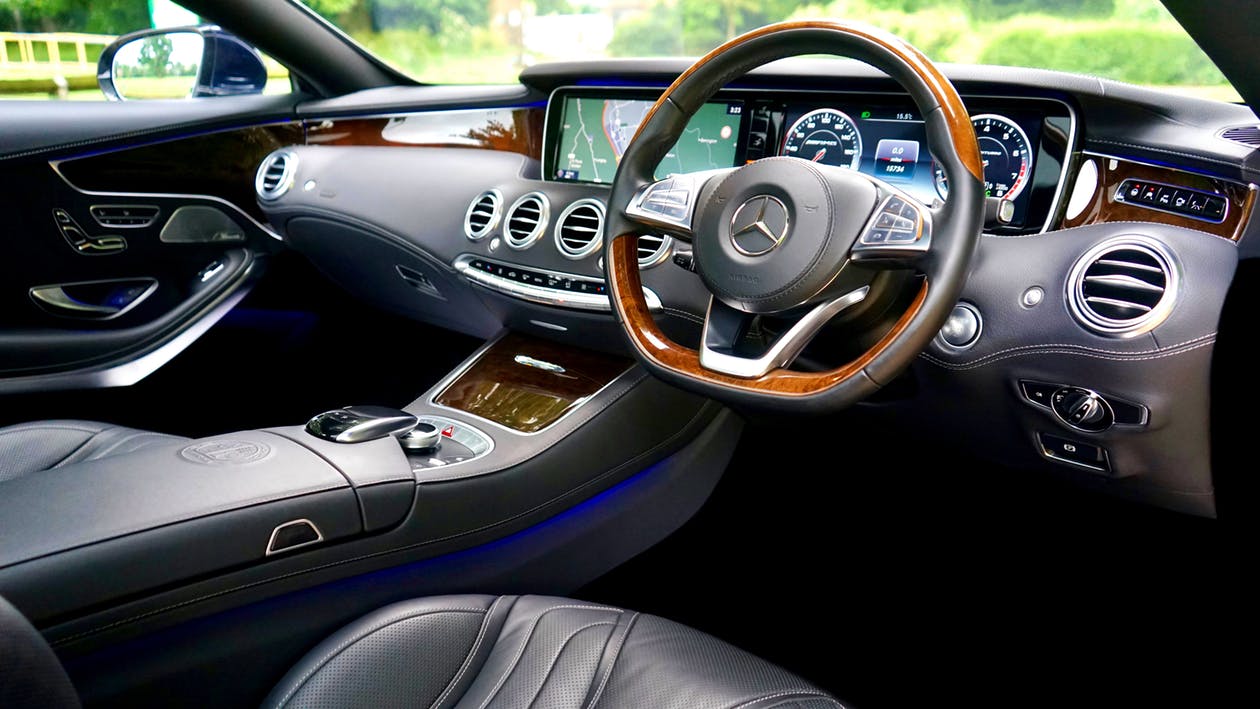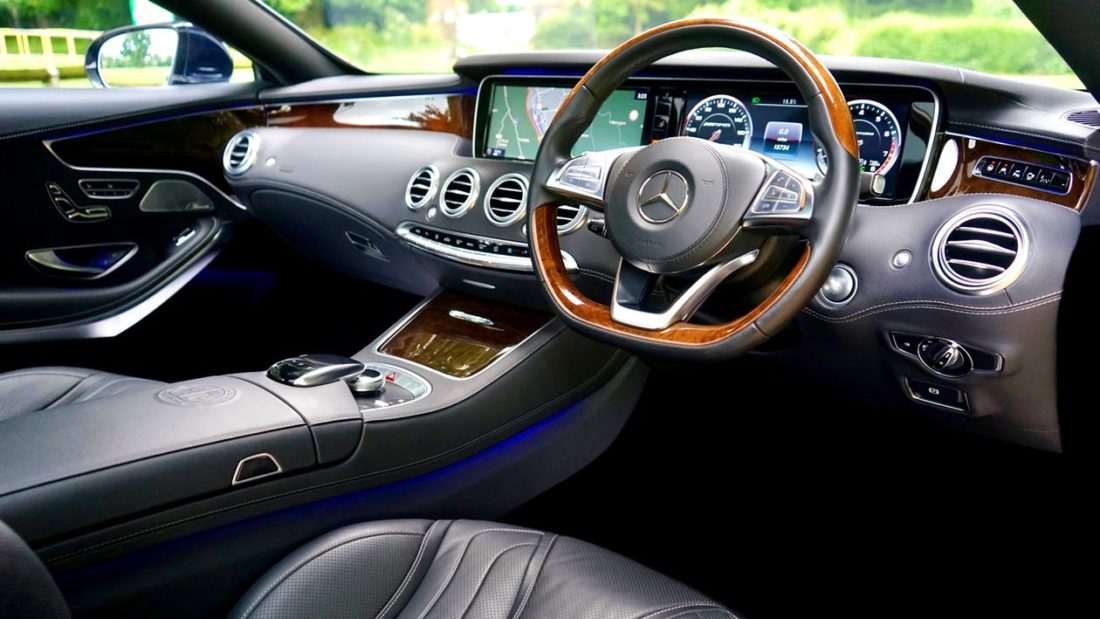
No, not really. However, technology is certainly making its way into every aspect of our lives. We are all familiar with the ubiquitous smartphones, if you don’t see at least a dozen of them on your daily travel odds are you’re wandering across a vast desert. We have smart-watches that have more computational power than entire mainframe supercomputers of the 1960s. Today, tech surrounds us everywhere we go, including the vehicles that take us wherever everywhere might be.
In the Driver’s Seat
Basic fact, if you’re reading this you’re a human being and as such you make mistakes. That is one indisputable facet of our shared existence. A mistake while driving an automobile can have catastrophic, even deadly, consequences. That’s why there are so many regulations centered on driving.
Some are preemptive, like minimum age limits and driving school mandates so that a certain level of maturity and responsibility is met. Another law is having car insurance so that the financial repercussions are adequately dealt with.
Some are after the fact. If someone has been cited for driving without a license, or having too many moving violations, they may need to find high-risk auto insurance, perhaps even SR-22 coverage. If a person is convicted of DUI/OVI, a court could require an in-car breathalyzer system that must be passed before the car can be started. In those cases, the driver will want to look for a safety device like ones from Low Cost Interlock device to comply with that order.
On the Dashboard
Back in the day, the typical car dashboard had a speedometer, a fuel gauge, an AM/FM radio and perhaps a tachometer if you were driving a stick-shift. Today, you will find digital representations of those indicators, possibly along with:
- A map display with built-in GPS
- A rearview camera display
- Hands-free texting/messaging readout
- Blind-spot warning lights
In fact, some manufacturers offer heads-up-display (HUD) options on some models. This allows a driver to keep tabs on vital information without having to lower their gaze and take their eyes off the road even for a moment. Anybody who has ever been in a car wreck can attest to the fact that even a split second’s distraction can spell trouble.
Built-in Hardware
Anti Lock Brakes (or ABS) on cars are found on almost all cars on the road, as are airbags that deploy in the event of an accident. Those have been with us for years, but new levels of technology have resulted in new safety-enhancing devices.
For example, some automobiles now come equipped with sensor suites that reach out beyond the cockpit to help keep you, and others, a bit safer. These systems can warn drivers of other vehicles that might be in the blind spots of the mirrors and signal them if they start to drift out of their lane of travel. Some of these devices can detect another car, or even a pedestrian, in front of you and apply the brakes to avert a collision.
We are also seeing the first implementations of self-driving vehicles. We’ve already seen an AI controlled truck deliver a cargo of beer in Colorado and Uber cars in several cities. However, these companies need to make sure they cannot be hacked. Personally, I wouldn’t want to hop into one of those cars, give it my destination and end up out in the middle of nowhere because someone managed to infiltrate the computer.
There’s no doubt technology is impacting how we transport people and things these days. However, I think the bubble-cars of The Jetson’s are still far off.
